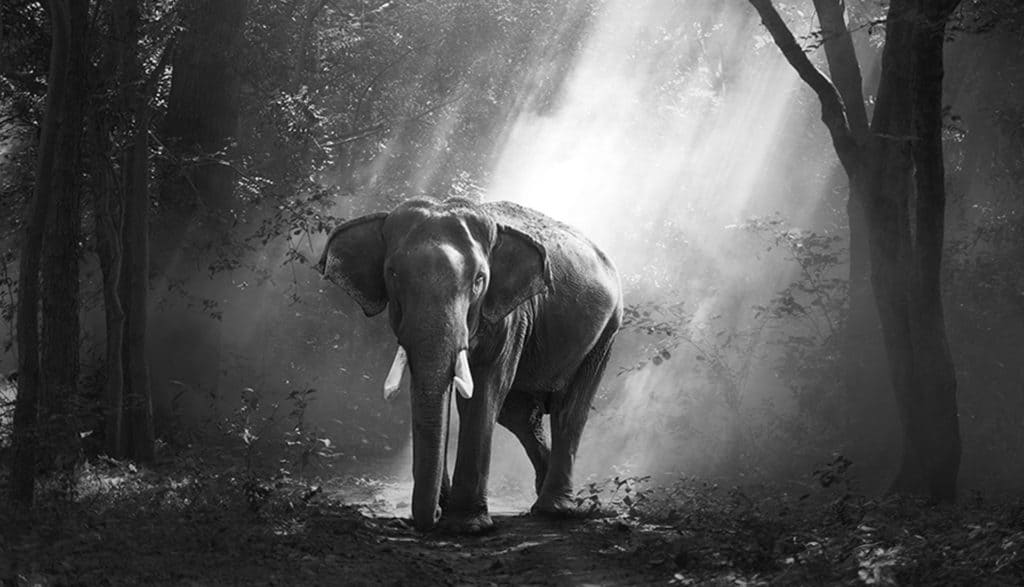The Best Gear for Wildlife Photography

Wildlife photography is a beautiful paradox. It requires intense patience and lightning-fast reflexes. You may sit for hours with nothing in your viewfinder — then suddenly have only seconds to capture a moment that will never happen again.
To meet those demands, having the right types of gear can make the difference between a missed shot and a masterpiece. Whether you’re shooting birds in the mangroves or elk on the plains, here’s a breakdown of the essential tools I rely on when heading out into the wild.
1. A Reliable Telephoto Lens
At the heart of every wildlife kit is a telephoto lens — ideally one with a long focal length, like 300mm or more. These lenses allow you to photograph animals from a respectful distance without disturbing them.
A good telephoto will help you frame tight, detailed shots even when your subject is far away. The best ones offer image stabilization to reduce blur from movement and vibration, which is especially helpful when shooting handheld or in uneven terrain.
2. A Fast, Durable Camera Body
Wildlife doesn’t pose or wait for you to adjust settings. That’s why a camera with fast autofocus and high frame rates is a must. You want a body that can keep up — locking onto subjects quickly and shooting multiple frames per second so you don’t miss the perfect expression, leap, or wingbeat.
Weather sealing is another key feature. From misty wetlands to dusty trails, nature doesn’t always offer ideal conditions. A durable body gives you the freedom to keep shooting without worrying about every drop of water or speck of dirt.
3. A Wide Angle Lens (Yes, Really)
While telephoto lenses get all the glory in wildlife photography, a wide angle lens is a secret weapon. It’s perfect for capturing animals in their environment, giving context to the moment and showcasing the relationship between subject and habitat.
Wide angles are especially useful during golden hour or in expansive landscapes where lighting, clouds, and surroundings play just as big a role as the animal itself.
4. A Solid Tripod or Monopod
Stability is everything when shooting from a distance. Even small hand movements can create significant blur at long focal lengths. A sturdy tripod gives you rock-solid support — especially for early mornings or long waits.
For more mobile shooting, a monopod offers flexibility and lightness while still absorbing some of the weight from your arms and gear.
5. A High-Quality Camera Bag
When you’re trekking through unpredictable terrain, your gear needs protection. A well-designed camera bag with weather resistance, adjustable compartments, and comfortable straps is non-negotiable.
I prefer bags that allow quick access to lenses and bodies without needing to lay everything on the ground. Wildlife doesn’t wait — neither should you.
6. Protective and Backup Accessories
Nature can be rough on gear. A few overlooked essentials that I never leave behind:
- Lens hoods to minimize flare and protect glass
- Lens and sensor cleaning kits
- Extra batteries and memory cards
- Weather covers or zip bags in case of rain
These may not sound glamorous, but they’re what save your gear — and your shoot — when things get unpredictable.
Final Thoughts
Great wildlife photography isn’t just about gear — it’s about presence, patience, and respect. But having the right tools ensures you’re ready when the moment arrives.
You don’t need the most expensive equipment to get started. What matters is that your gear allows you to stay focused, stay ready, and stay respectful of nature.
So whether you’re a Tampa photographer spotting egrets in the mangroves or traveling to more remote landscapes, packing smart will always serve you better than packing heavy.
Now get out there, stay quiet — and keep your finger on the shutter.
